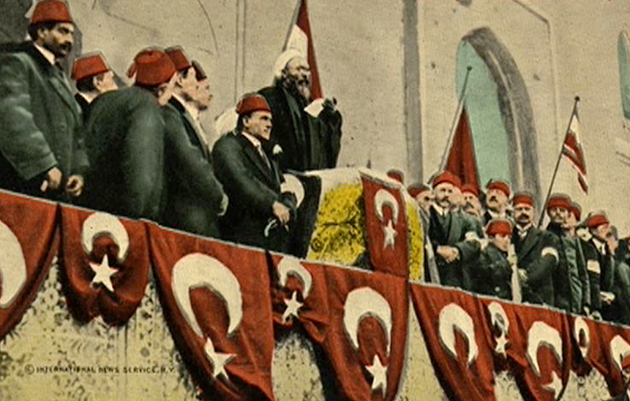The End of the Ottoman Empire
For six centuries, the Ottomans, named after the Osman dynasty in Turkey, ruled over three continents and seven seas: in Eastern Europe, from Vienna to Crimea, all around the Black Sea and the Caucasus; in Mesopotamia; in Arabia, from Cairo to Aden; in the Mediterranean, from Greece to Alexandria...
A great power, home to an unprecedented mosaic of peoples and faiths, the Empire controlled the Holy Places of Islam, Christianity and Judaism-yet would collapse in less than a century.
From 1830, when Greece won its independence, until 1923, when Mustafa Kemal abolished the Sultanate and proclaimed the modern Republic of Turkey, THE END OF THE OTTOMAN EMPIRE explores the political, economic, and social processes that led to the fall of the Ottomans. On the ruins of the Empire, a whole new world was born, one of new nation-states, borders, and ethnic and religious fractures.
With rare footage, archival images, and interviews with the most renowned international historians, this two-part film analyzes these new lines of division and reminds us that the Ottoman past still matters today, across the Balkans and the entire Middle East.
The End of the Ottoman Empire series includes the following titles:
 The End of the Ottoman Empire - Part One
The End of the Ottoman Empire - Part OneThe Ottomans ruled three continents for six centuries. How did their rule end, and how does this history inform politics today? Part one of a two part series.
 The End of the Ottoman Empire - Part Two
The End of the Ottoman Empire - Part TwoThe Ottomans ruled three continents for six centuries. How did their rule end, and how does this history inform politics today? Part two of a two-part series.
Visit the title page to preview any of the titles above.

